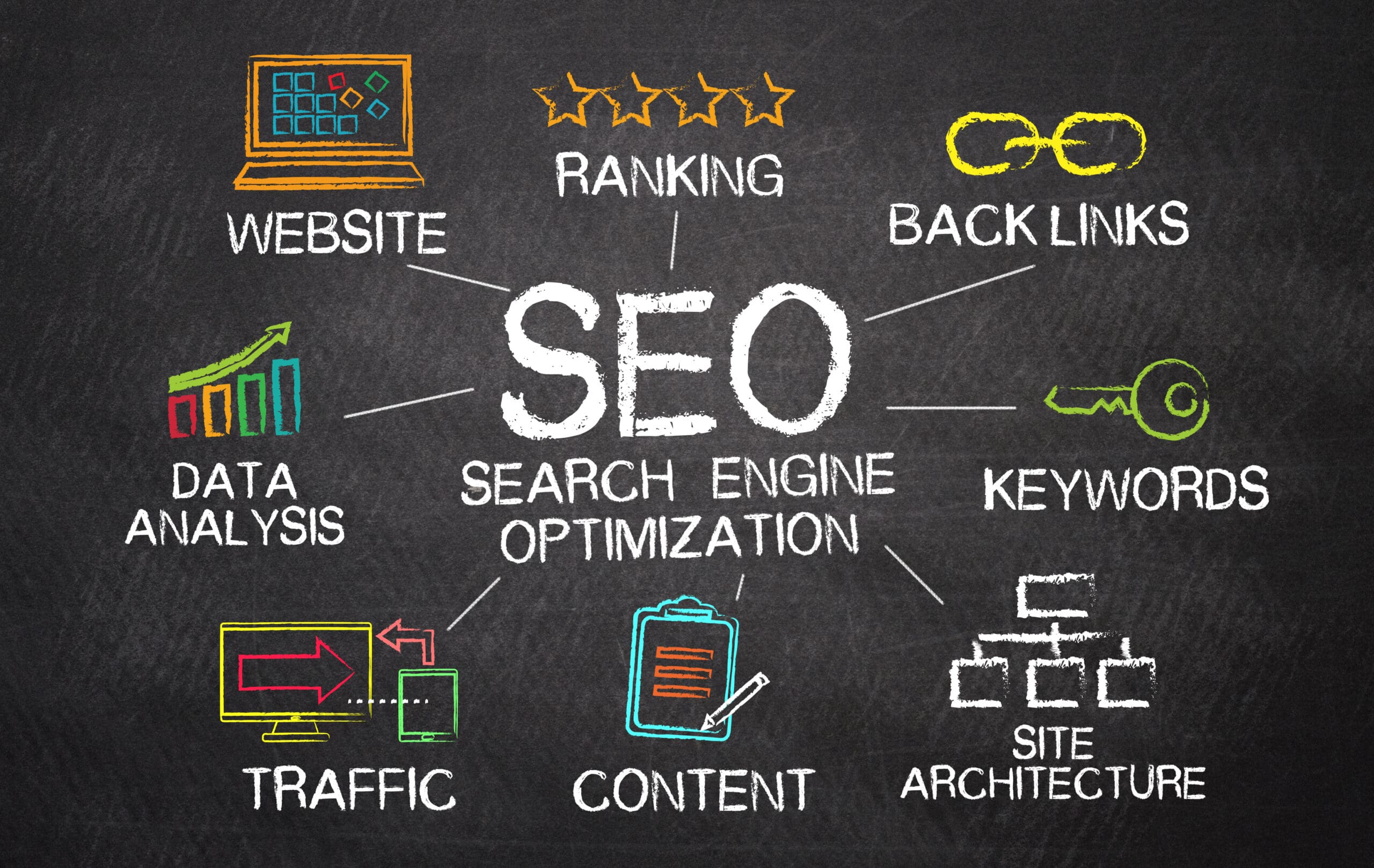
In today’s digital day and age, when you start looking into some of the different methods to reach and attract leads, SEO might be a term that gets thrown around.
George Copeland, chief innovation officer for Gozango, a lead-generating marketing platform, says depending on the goals of your business, SEO can be a great way to grow your opportunities.
John Marin, co-founder and CMO of Gozango, adds SEO can also help you get qualified leads.
“If you’ve got someone who’s going and doing the research to make to actually get to an organic page, I would say that’s often a more thoughtful buyer, so they might actually be looking at more details about your services,” Marin says.
Understanding SEO
Marin says one misconception about SEO is viewing it as this all-encompassing word for digital marketing, website design, paid search management and social media efforts.
“The real definition of SEO, which stands for ‘Search Engine Optimization,’ is the process of improving how frequently your content is being displayed in online search engines, like Google and Bing,’” Marin says.
Another myth that can cause lawn and landscape companies to misplace their efforts is the belief that organic search results are free.
“An organic listing is free, and my click was free in terms of I didn’t pay Google directly for that click,” Marin says. “It’s often not free in terms of you got to put in time and energy and effort.”
Marin adds that SEO is pitched as always worth the investment, but it might not be the best place to focus your efforts, depending on your landscape company’s size.
Part of the problem with focusing only on your organic rankings is that no matter how much work you put into SEO, you’ll only be in spot number three or four because the first two slots are reserved for paid search. Most searchers need to scroll down 40-60% to see the top organic ranking webpage results.
“How much of that effort might really be worth it at the end of the day versus if I can do the paid spots up at the top and then get more customers and then they can leave me more reviews,” Marin says.
Marin says because Google has changed the game over recent years, SEO is becoming a case where sometimes the juice isn’t worth the squeeze, especially for smaller companies.
“That type of effort has started to almost become luxury territory of I’ve already checked off these boxes for my businesses,” Marin says. “I’m already doing paid search and I’m already doing this, this and this. Now I have extra budget to allocate over to SEO because I’ve done the things that got me the fastest result.”
Website Design Elements for SEO
If your company does have the time and resources to play the long game of SEO, the most important pages of your website are your homepage and individual service pages.
“Imagine your homepage is being like your intro paragraph when writing essays in elementary school,” Copeland says. “Your homepage has little snippets referring to the other paragraphs and those other paragraphs are your other pages on your site.”
Copeland explains that if a customer is searching for irrigation services, Google wants to send them to a page with relevant information, not a homepage where they have to scroll considerably before reaching the information about the irrigation services you provide. He advises creating detailed pages, but avoid keyword stuffing.
Think about the user perspective and write the pages to serve their needs. Marin adds your service pages shouldn’t be a wall of text. Make it scannable with images, reviews and embedded YouTube videos.
Each page should include at least the phone number in the top right corner and a contact form. If you are trying to rank for specific cities, you can list out your specific service areas at the bottom of the page or in the backend meta data.
Marin also advises having a specific contact page, About Us page, careers page and blog. Depending on many factors, blogs can be very helpful with your SEO rankings if done correctly and consistently.
“Your blog is going to be a very powerful way to focus on keywords and get traffic to your site,” Copeland says. “It’s just a lot of work.”
Make sure your blog articles feed into your larger goal of driving new leads.
“They’re not just a landscaping educational company,” Marin says. “They’re a landscape service company. Make sure that those posts that they’re putting out, they’re creating links back to connect to those relevant service pages.”
In general, your website should have clear calls to action and a unique selling proposition. Think about how your ideal customer would shop for your services and what matters most to them.
Marin recommends not having your email on your website but rather requiring people to fill out a form to prevent bots from crawling your site and spamming your email. He also says you should get a Google number instead of putting your actual cell phone number out there to cut down on risk and wasted time.
The length of your form depends on the type of leads you want. Having customers fill out more information upfront can save your team time from having to follow up and find out a lead isn’t in your service area.
Marin also stresses you shouldn’t overlook your Google Business Profile, which should be linked to your website and updated regularly with reviews and promotions. Copeland compares your online activity to your vitals at a checkup. Google uses these to determine if your website is alive and well.
“We recommend posting a few times a week with unique and engaging content that links back to relevant pages of your website, to increase the volume of backlinks from SEO-trusted sources like your Google Business Profile, Facebook, Instagram, and Twitter (X),” Marin says.
Tips for Success
When investing in SEO, monitor your conversion rates. You don’t want to bring in a lot of traffic but have no one requesting your services. Marin says you need good conversion tracking as well, as too often, a button click is counted as a conversion rather than a phone call or a form submission.
“Once a visitor leaves your website, it’s hard to get them back,” Marin says. “You can always try re-marketing. However, that requires running more paid display and video ad campaigns. It’s best to convince visitors to contact you right away, in the moment.”
Because the algorithm for SEO is ever-changing, Copeland recommends hiring a pro to help you with your rankings.
“Don’t focus on being an artist,” Copeland says. “Think about it from more of an engineer mentality or a scientist mentality. We started out as artists and realized over time that it’s not helpful how your site looks, but how much does it convert.”




